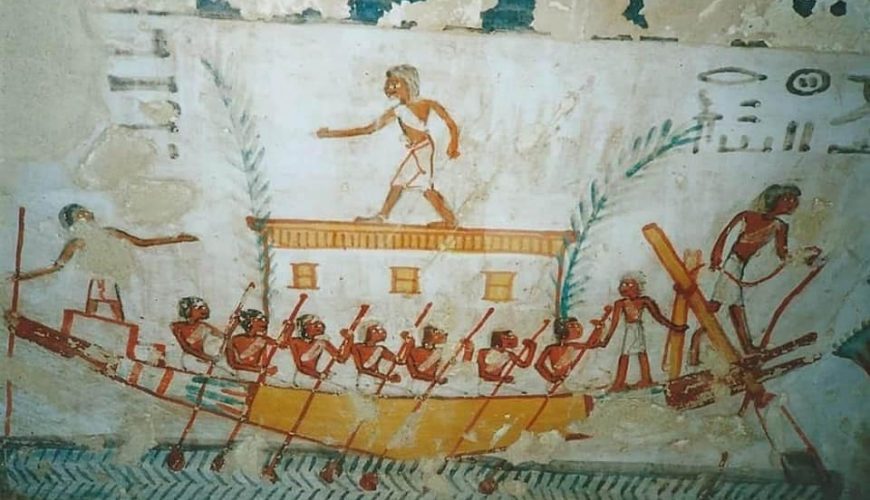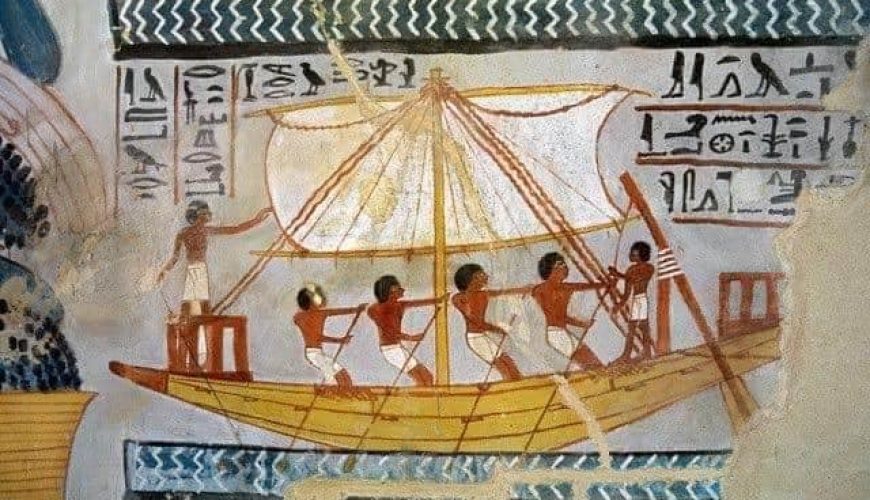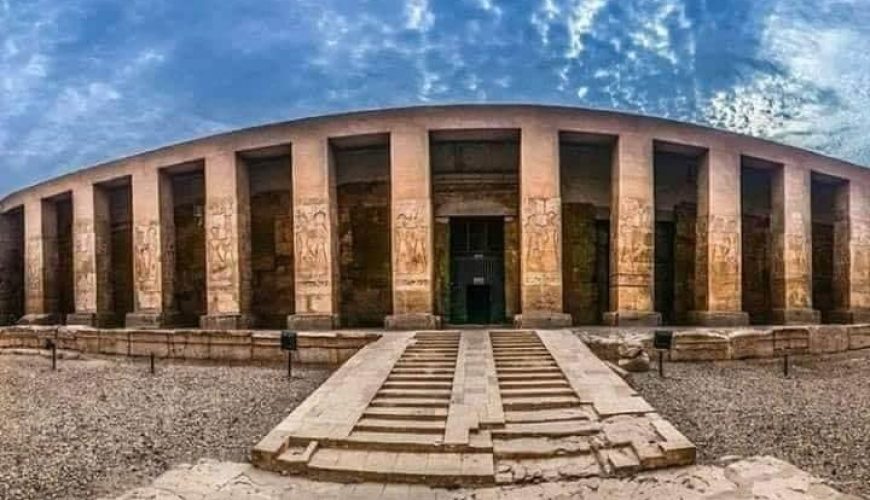Pilgrimage of the ancients Egyptians
One of the principles of the Egyptian faith was the pilgrimage to Abydos (Sohag).
Because they believed, according to the legend of Osiris, that the head of Osiris was buried in Abydos
I think that Abydos is the house of “ka”, meaning the house of his (double) and the House of “ba” in the sense that it is believed to be the( soul) of Osir.
And this holiness confirmation also came from the belief in burying the body of Osiris that Isis collected in the king’s tomb, Ger, one of the first dynasty kings in Abydos. The pilgrimage rituals originated in the city of Abydos with white clothes that are a short white robe worn to the shoulder and white clothes on the pilgrimage journey because white indicates white, indicating purification and purity.
Also, the word pilgrimage in the ancient Egyptian language means white or bright white.
When individuals come to pilgrimage, it is also nice that they leave a vow, either as a plate or a pottery vessel, according to the status.
The journey of white was also depicted on the walls of the Abydos Temple of King Seti the First, including pilgrimage processions and religious rituals, as we see in the graves of senior statesmen writings indicating their pilgrimage to Abydos.
Surprisingly, the pilgrims who went to the trip to Abydos committed themselves to a fixed and fixed date, which is the eighth day of the first month of the flood season until the twenty-sixth day of the same month, as the people were also taking the deceased after mummification to perform pilgrimage and perform all the rituals for him as a living neighbourhood where he was performing. The families of the deceased and his relatives were using a boat to cross the Nile, while relatives and family accompanied him on another boat and arrived on the western bank of the Nile to start chanting.
(Peace be upon you, O great God, O Lord of the Great in Abydos. I have come to you.




Comment (0)